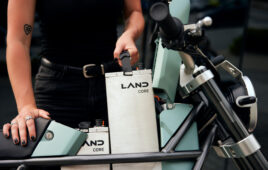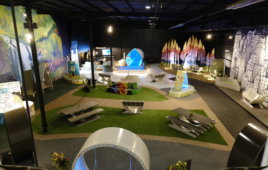Save yourself time and money by following these easy guidelines
By Debby McDowell, APEM Components
Membrane switches are known for standing up to tough environmental conditions. Flexible and durable, the membrane switch can be customized with embossing, backlighting, sealing, and electrostatic discharge (ESD) shielding. Membrane switches can be made with either tactile or non-tactile feedback and they can be integrated with LEDs and other components. To get the switch that works for your application, follow these simple guidelines.
What is a membrane switch and why use it?
A membrane switch is a multi-layered momentary switch consisting of a graphic overlay, top circuit and bottom circuit. Pressing a key activates the electrical connection. Membrane switches are durable and have a low profile, which allows for space-saving designs and adaptability to each project. Table 1 shows the electrical rating for membrane switches.
Figure 1 is a graphic of a typical membrane switch construction.
Over the past decade, the membrane switch has grown in popularity as designers are seeking a more modernized look, avoiding the older, bulky switches, and looking for ways to fit switches into smaller footprints in today’s equipment. The membrane switch’s sleek, flat design with modern LED lights is appealing with a less industrial look. Table 2 shows the advantages.
Figure 2 shows some of the many applications of the versatile membrane switch.
Which overlay material is the best for my application?
The two most common materials used in making the graphic overlay for membrane switches are polycarbonate and polyester. All overlays begin as clear material, with the graphics printed on the reverse side. A variety of finishes can be placed to visually enhance the final membrane switch, including embossing, texturing or finish, varied colors, or backlighting. Table 3 is a guide for selecting the right material for an application.
A word about environmental regulations that apply to membrane switches
Most industries now require RoHS compliancy. The RoHS (Restriction of Hazardous Substances) Directive, most well known as the lead-free requirement, also restricts the use of lead (Pb), mercury (Hg), Cadmium (Cd), Hexavalent chromium (Cr 6+), and polybrominated diphenyls (PBB and PBDE).
Continued… For the second half of this article click here.
Filed Under: Lights • signal lamps • indicators, Green engineering • renewable energy • sustainability




